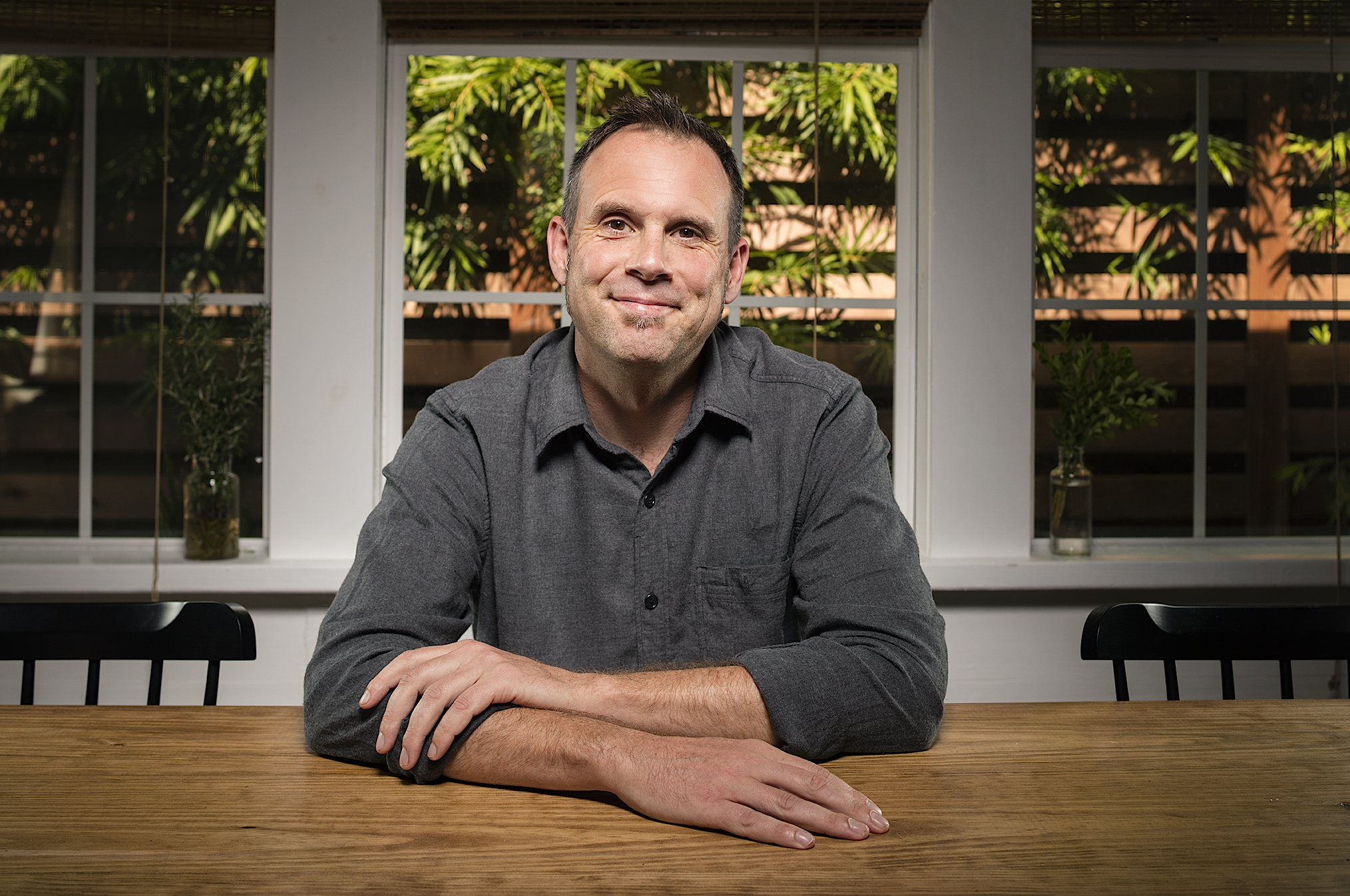FIFTY Study Page: Texas "Natural Beauty"
In “Natural Beauty”, a German POW captured in North Africa gets off the train in Marfa Texas where he will be living until World War Two is over. At first he is confused by the wide open plains and distant mountains and tumbleweeds of West Texas, but it doesn’t take him long to appreciate the air, the climate, the colors and the delicious food of this part of the world. In time he decides to honor his temporary home by painting some murals depicting the Latino-American culture of the area - murals that can be seen in Marfa to this day.
Note: Though this is historical fiction and the characters have been developed to accommodate a story, their attributes and development may be useful as reference points and inspirations.
TOPICS FOR INVESTIGATION
Texas History - History of World War Two - especially the European Campaign - History of German POWs and camps in Texas
Texas Geography - Map of Europe and North Africa as relates to USA and Texas - Map of forts in Texas - Map of Fort Russell
“Natural Beauty” Study Topics - Mexican American culture in Texas - Topography and Climate of West Texas - Study the Murals in Marfa painted by Hans Jurgen Press
TOPICS FOR REFLECTION
From a Child Development Perspective
In this story, your child might learn that:
Even in a conflict so dramatic as war, we have to remember that some situations are not clear-cut and “black and white”. Fritz struggled as a soldier, even one loyal to his mother country, to fight the Americans who produced such beauty and imagination in art and literature. And Fritz was even confused once he found himself in Marfa, Texas. He knew he was in "enemy territory", but he felt a certain freedom that he had not previously experienced. In addition, he loved the food! Much as we sometimes want to make a clear line between “them and us”, we are often reminded that we are all sharing in a human experience with more in common then we might know. This even occurred as time passed and the German soldiers became more comfortable with the American civilians and some of the soldiers. Fritz shared more with the “enemy” than he ever imagined possible.
Even in the most dire of situations, there can be opportunities to learn new things. As a prisoner of war, Fritz still saw an opportunity to learn how to cook the delicious foods he was eating; he learned about new cultures, and he even discovered his capacities as an artist.
There is great heartache in war, and this can not be denied. In addition to the fighting, it is very hard to be separated from your family and the people you love. Although Fritz made friends and even found opportunities in his situation, he missed his wife terribly.
Every culture has special festivals and celebrations honoring what is most valued in its biography and story. For the Mexicans one such festival is Cinco de Mayo. Learning a culture’s festivals can teach you so much about their history, values and personalities. Be curious! Celebrate and learn!
The blending of colors adds spice to life! Fritz came to question what it meant to be "only German", and he found it far more interesting to add new foods to his palate, colors to the walls, beliefs to his thinking, festivals to his celebrations and people to his friendships...and as a result, his life became more rich, interesting and satisfying.
The bonds we make in life change and stay with us for our days and add color to the painting of our life!
- But they were also grateful for what they had experienced in Marfa. They had been treated kindly. They were treated with respect and humanity. They had not felt like prisoners as much as … well, almost like neighbors. As they were packing and getting ready to board the train to the coast, Fritz lingered in the dining hall. He studied the mural he had lovingly worked on and realized that it would likely be painted over when the Fort became an American Fort again. Why would they keep something like that in their dining hall. This made him feel sad - not because he had worked hard on it or because it was particularly well painted - but because … it captured something precious to him…colors, dancing, spices, war and celebration and just … an appreciation of this place that had once been his enemy’s territory and was now … his home.
About the Authors

David Sewell McCann
David Sewell McCann fell in love with spinning stories in first grade – the day a storyteller came to his class and captured his mind and imagination. He has been engaged in storytelling all of his adult life through painting, film-making, teaching and performing. Out of his experience as a Waldorf elementary class teacher and parent, he has developed a four step method of intuitive storytelling, which he now shares through workshops and through this website.

Meredith Markow
Meredith has been working with adults and children of all ages for the past 25 years as a Waldorf Teacher and Educational Consultant. She received a B.A. with a focus on child development and child psychology from the University of Michigan, in 1984, an M.A. Ed from Washington University in 1987, and her Waldorf Teaching Certificate from the Lehrerausbildung (Teacher Training) in Nurnberg, Germany in 1989. She was certified as a Living Inquiries Facilitator in 2014, and she completed her formal teaching certification with The Enneagram Institute in 2014. Her work in the classroom and with individuals and groups is designed to help people of all ages to drop self-limiting beliefs to live a more joyful and compassionate life.

